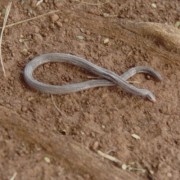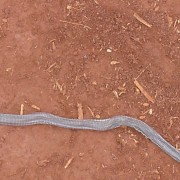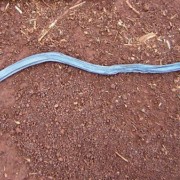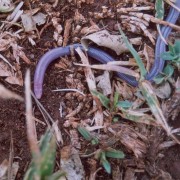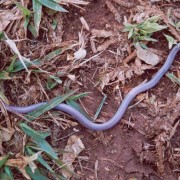Biodiversity
< Back
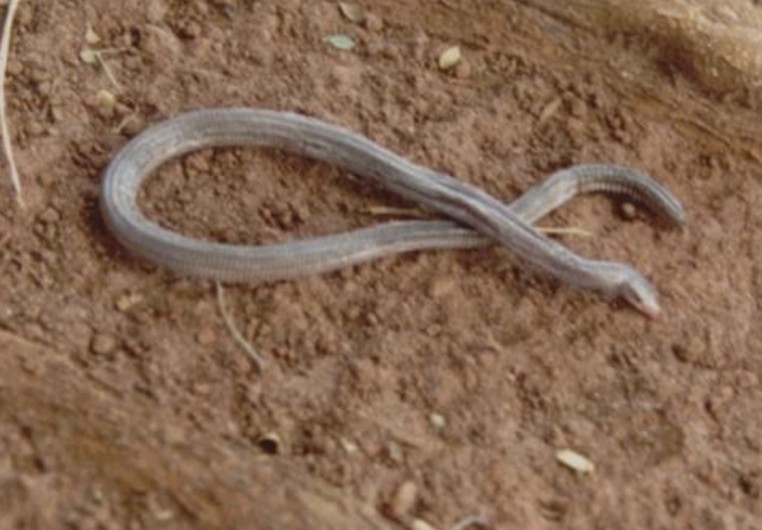
 Mertens´ Worm
Amphisbaena mertensii | Strauch, 1881
Mertens´ Worm
Amphisbaena mertensii | Strauch, 1881

PHOTO: Property of Native / Embrapa
Characteristics: Amphisbaenidae are popularly known as "two-headed-snakes" and/or "blind snakes", even if this is not actually a species of snake. These animals have robust, small to medium-size cylindrical bodies measuring about 60cm in length. They have tiny eyes, thick and rough skins (scaled), and their tails are short and blunt, often confused for their heads. Its color varies from reddish, in juveniles, to gray in adults. These are fossorial animals with very discreet habits, a fact that greatly complicates spotting them in nature. Thus, it is not surprising that the biology of these animals is poorly known yet today.
Distribution: Throughout South America. In Brazil, it is restricted to the State of São Paulo.
Habitat: All types of soils, preferably those with crops on them.
Habits: Preferably diurnal and fossorial (living underground).
Diet: Terrestrial invertebrates, such as ants and termites.
Breeding: Oviparous.
UFRA: Species seen in Wetlands with Herbaceous Plants and between the Organic Sugarcane Fields and Drainage Ditches.




